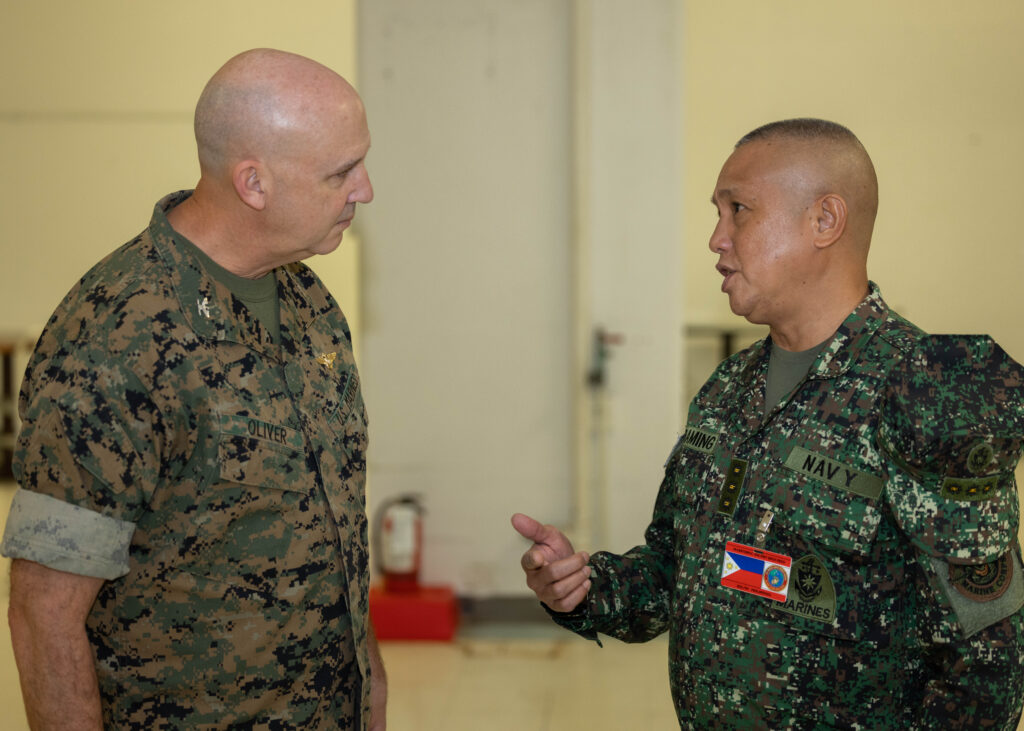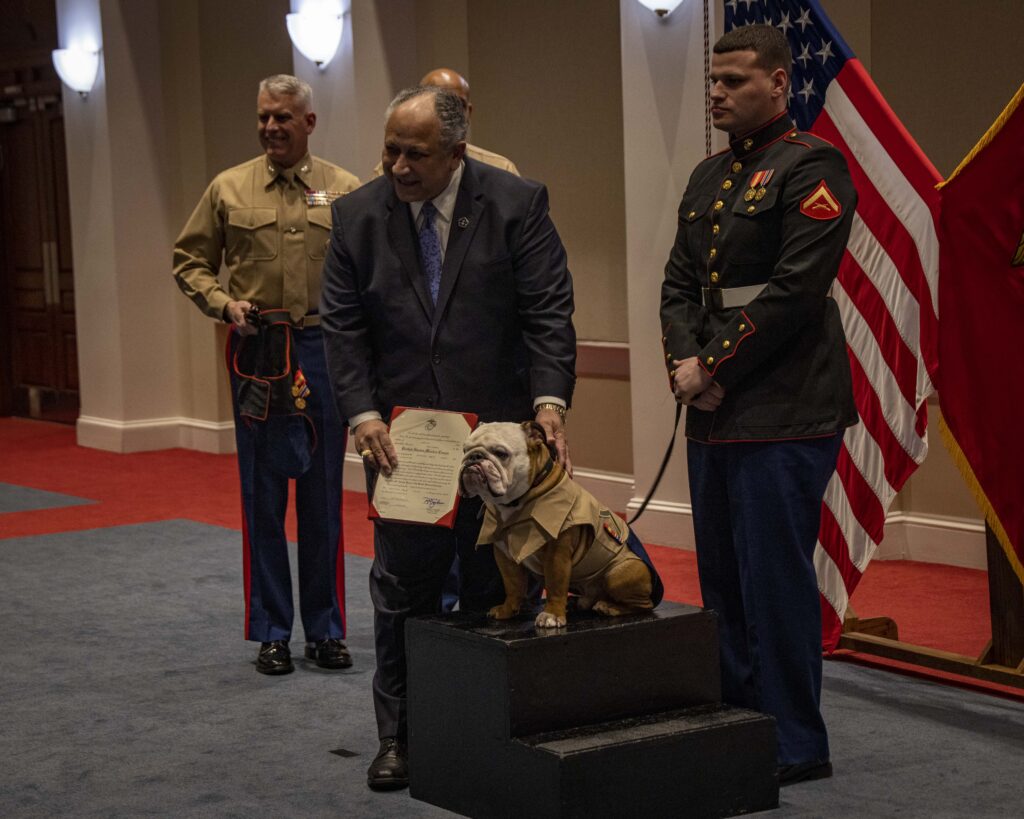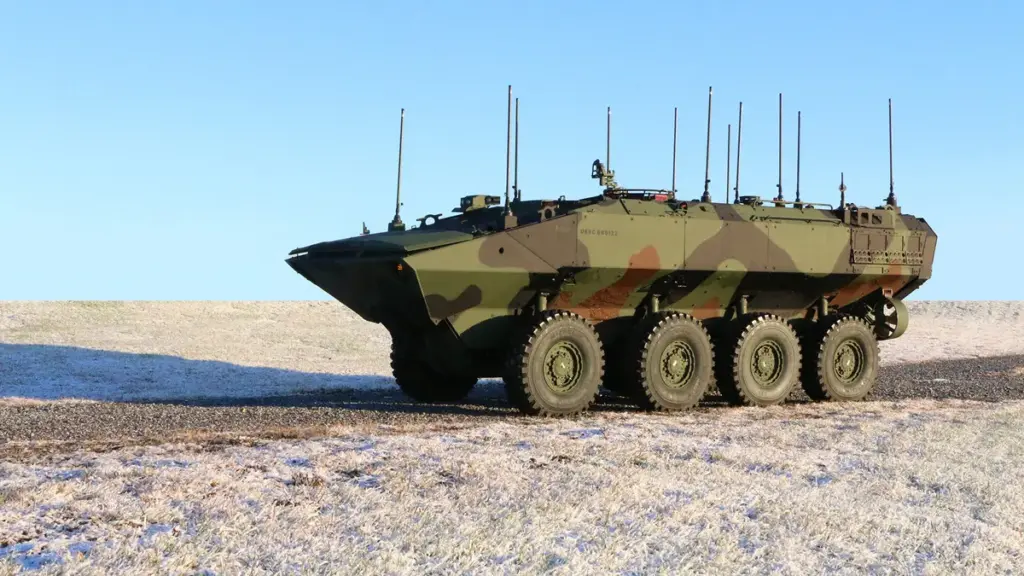Pacific Marines, Philippine Marines Meet for Annual Staff Talks

CAMP H.M. SMITH, Hawaii – Senior leaders from U.S. Marine Corps Forces, Pacific, and the Philippine Marine Corps held their annual Marine-to-Marine Staff Talks here from Feb. 12 to 15.
The annual Marine-to-Marine Staff Talks are a key component of the U.S.-Philippine defense relationship. They serve as a forum for senior military leaders to exchange views on regional security issues and enhance bilateral cooperation. The discussions from this week further reinforce the strong and enduring bond between both nations and their commitment to regional stability and security.
“The importance of integrating our militaries cannot be overstated,” stated Marine Corps Brigadier General Daniel L. Shipley, deputy commander of U.S. Marine Corps Forces, Pacific. “Regular discussions, such as these staff talks, and consistent engagement during exercises like Balikatan and KAMANDAG, are key reasons why we are able to come together to rapidly support each other as we are currently doing in Mindanao in response to the flooding.”
The annual event emphasized the significance of the U.S.-Philippine military relationship and provided an opportunity to collaborate on common interests. During the three-day meeting, leaders from both militaries discussed a variety of topics including recent experiences with amphibious operations, methods of modernizing training, and advancing capabilities to remain ready and responsive in the Indo-Pacific region.
This year’s iteration focused heavily on the development of the Republic of the Philippines-U.S. Mutual Defense Board-Security Engagement Board cycle and development of an assessment model for current and future engagements. The MDB-SEB cycle enhances defense cooperation between the two countries, while the assessment model will enhance improvements to the readiness and capability of both forces. This process helped compile a list of events for 2025 that will serve as a foundation for the rest of the MDB-SEB cycle.
Representatives participating in the PMC-MARFORPAC Staff Talks discussed future exercises meant to strengthen interoperability between the two services. Militaries from both countries regularly participate in a variety of activities and exercises, such as Balikatan and KAMANDAG, to mutually develop their defense capabilities while aligning to common goals shared between both nations.
During the opening program, the Head of the Philippine Marine Corps delegation, Col. Bayani V. Curaming, the Chief of Marine Staff, PMC, emphasized that “everything about bilateral engagements between the two Marine Corps should be contextualized and in-sync with realization of the Archipelagic Defense and the Marine Corps’ Strategic Posturing that goes with it.”
The U.S. and the Philippines have a long-standing diplomatic relationship dating back to 1951, with the signing of the Mutual Defense Treaty, which serves as the foundation for close security cooperation. More than 70 years later, the two nations continue to work closely together towards common goals based on shared values and interests in the region.




